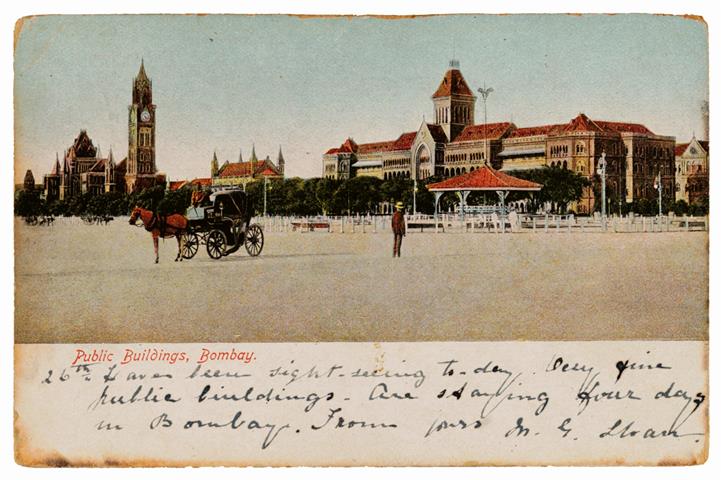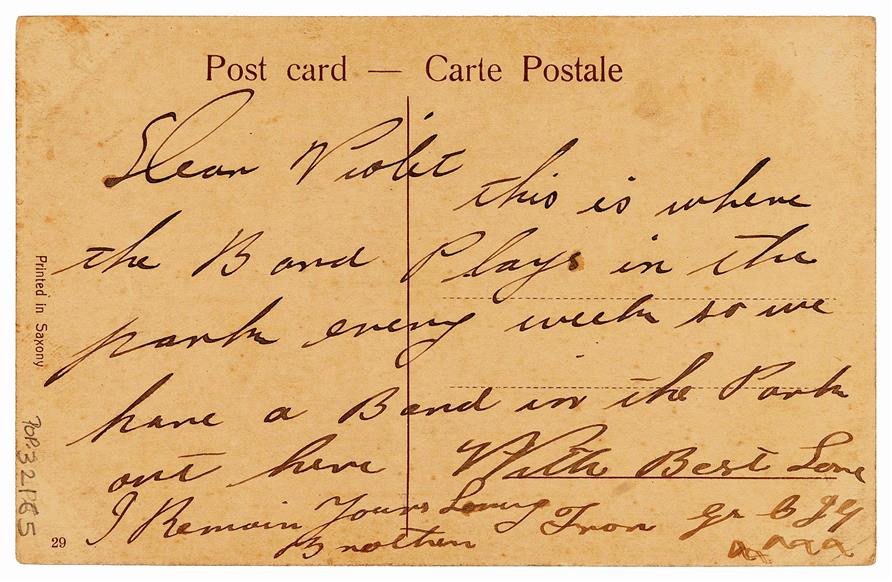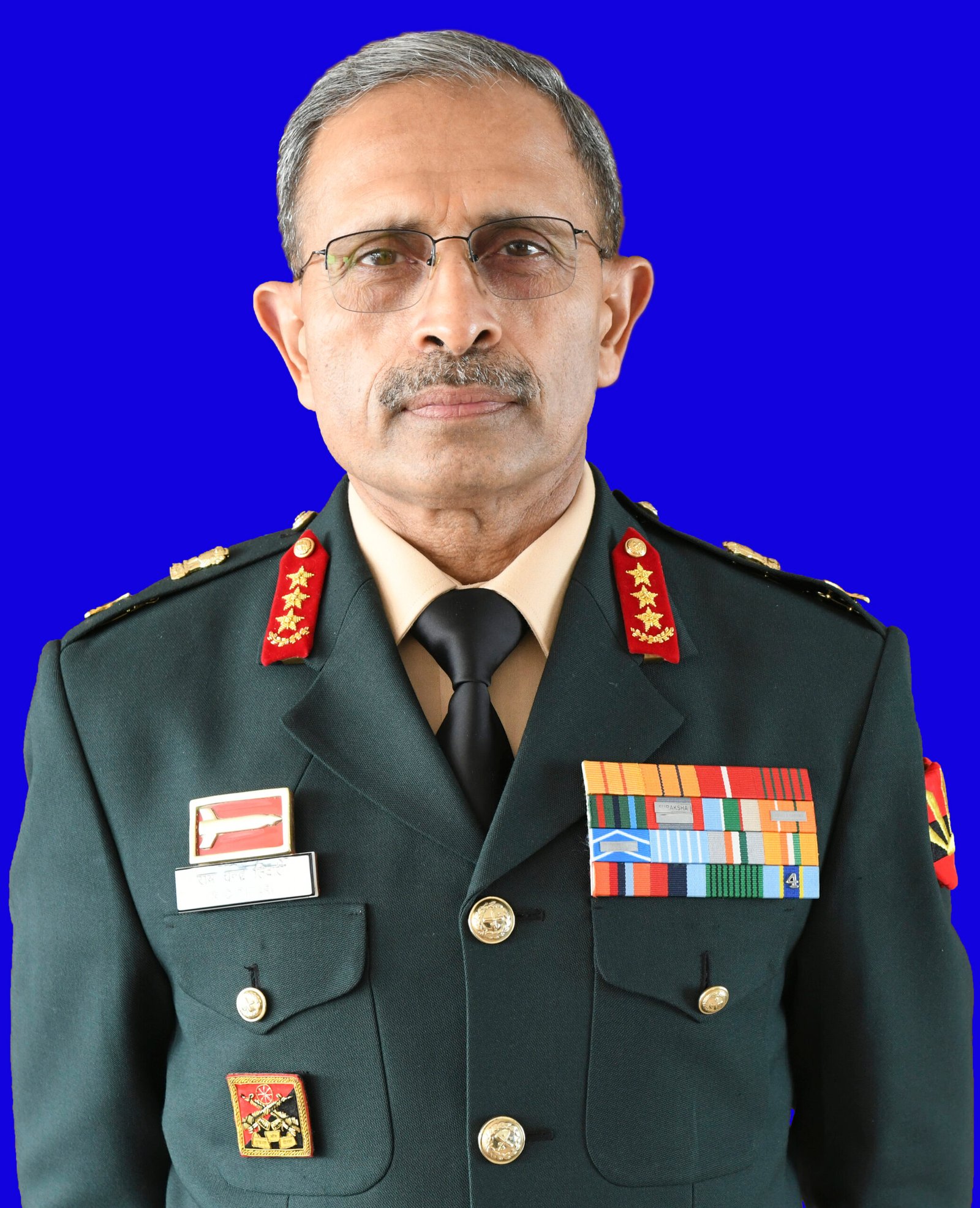India must separate the wheat from the chaff and seek guidance from its own winning ways of ending societal disaffection.


FOR many hawks in India, extreme right-wing Israel has been the role model of a decisive and aspirational religio-nationalist state. For them, the simplistic framework of ‘my enemy’s enemy is my friend’ works subliminally in the spirit of majoritarianism.
Founding fathers of the ‘Idea of India’ were deeply sympathetic to the suffering of Jews but were simultaneously opposed to the forcible usurpation of Arab lands, especially as Arabs were not responsible for Jewish woes. Mahatma Gandhi had said, “Palestine belongs to the Arab in the same sense that England belongs to the English or France to the French. It is wrong and inhuman to impose Jews on the Arabs. What is going on in Palestine today cannot be justified by any moral code of conduct.” Even foundationally, India was partitioned between a nation based on religion (Pakistan) and the other based on secularism and inclusivity; hence, India could not make common cause with yet another nation created in the name of religion (Israel).
Zionism’s’ aggressive ethno-nationalism fascinated the Hindu Mahasabha, as both sides possibly perceived a common enemy in the largest minority denomination. This fascination overrode the inherent contradiction of many Hindutva ideologues valourising Hitler’s Nazis, a pathological anathema to Jews or any right-thinking individual. But today, when the legacy of the Mahatma itself is getting contested in India and the alternative persuasion is dominating, the reverence for the ‘Israeli way’ is understandable.
This captivation extends to the Israeli handling of the insurgency in Palestine. There is a perceived ‘emulation worthiness’ of the ‘Israeli way’ when contextualised to any societal strife or disaffection in the Indian context. Hotspots such as Manipur and Jammu & Kashmir seemingly need to be handled with Israeli methods (a euphemism for the ‘scorched earth’ approach). However, history is instructive — the Israeli style has been an unparallelled disaster in handling societal discontent. Only countries like India (in states like Mizoram and Punjab) or the UK (in Ireland) were able to end secessionist movements with means that were decidedly ‘un-Israeli’ in approach.
India and the UK had deployed militaristic steel in the conflict region but had in parallel invested in the spirit of political accommodation and inclusivity, allaying concerns of disgruntled citizens. These countries had signed accords (Punjab Accord, 1985; Mizoram Peace Accord, 1986; Good Friday Agreement, 1998) and patiently agreed to honour genuine grievances. It wasn’t an immediate return to normalcy, but the sincerity of outreach, socio-economic redressal and persistent engagement (despite many violent disruptions and missteps) finally won the day for India and the UK.
The Palestine-Israel violence has been continuing for decades. On October 7 last year, Hamas carried out a brutal terror attack, killing over 1,400 Israelis, and then the Israelis retaliated disproportionately by butchering over 36,000 Palestinians in the Gaza Strip. The Palestinian death count is increasing by the day. Beyond the unending blame game, the truth is that Israel has failed to guarantee security and peace despite its fabled ‘Israeli way’ — both sides have not been more polarised, hate-filled and vengeful in 78 years.
Perception of the hyper-muscular Israeli methods is flawed, as Israeli history has witnessed many ideological differences. The principal Israeli party (Labour) once ruled the roost, with all Prime Ministers till 1977 owing allegiance to its movement, albeit under different names. Labour is predicated on an approach based on Israel-Palestine peace talks, pragmatism in foreign policy, welfare statism, and even relative moderation — whereas the ruling Likud party is aggressive to the point of being predatory, proudly anti-peace, against a two-state solution and exclusivist/majoritarian in instinct. PM Benjamin Netanyahu personifies Likud and the ‘Israeli way’ phenomenon by insisting that Israel is “not a state of all its citizens”, implicitly denying dignity to native Arab Palestinians, with whom the Oslo Peace Agreements were signed in 1993 and 1995. The agreements were signed during the rule of Prime Minister Yitzak Rabin of the Labour Party. Rabin was later assassinated by a radicalised Jew. The dovish Rabin was formerly a decorated General of the Israeli Defence Forces (IDF), which had won wars and conducted daring operations, yet he represented a moderate, restorative and statesmanlike face of Israeli politics.
The principal Opposition leader now is Benny Gantz, yet another retired General of the IDF and no longer part of the National Unity Government (formed after the October 7 attack). He, too, personally and politically, eschews and disavows the failed ‘Israeli way’ of Netanyahu. Though Israel is still in the war mode and angry at the Hamas attack, there is a huge groundswell about the failed policies and consequences of Netanyahu’s counterproductive belligerence that created a tinderbox-like situation and led to endless bloodshed. Israel was at its most peaceful (relatively speaking) after the signing of the Oslo Accords.
Seeds of the Israeli template were sown by the hawkish and warmongering Prime Minister Ariel Sharon, initially from Likud (he later formed the Kadima party), who earned notoriety as the ‘Butcher of Beirut’. The Human Rights Watch recognises him as a war criminal; Netanyahu has only worsened that construct of ‘muscular’ politics that seems very impressive in the beginning but comes at a very heavy price in the long run. India must separate the wheat from the chaff and seek guidance from its own winning ways of ending societal disaffection, as opposed to getting galvanised by failed and vacuous muscularity of the ‘Israeli way’, as there is no bravery, morality or constitutionality involved in it.























































































